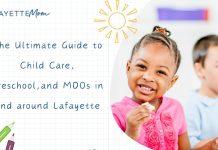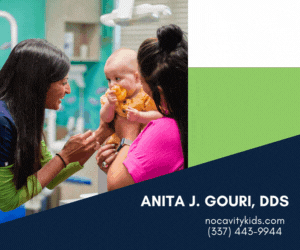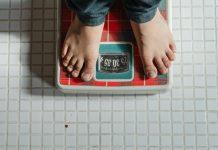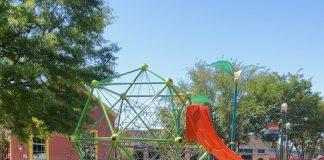Disclosure :: This post is sponsored by Ochsner Lafayette General and written by Dr. Megan Fitzpatrick.
Breast Cancer Awareness Month: What Every Woman Needs to Know About Breast Cancer Screening
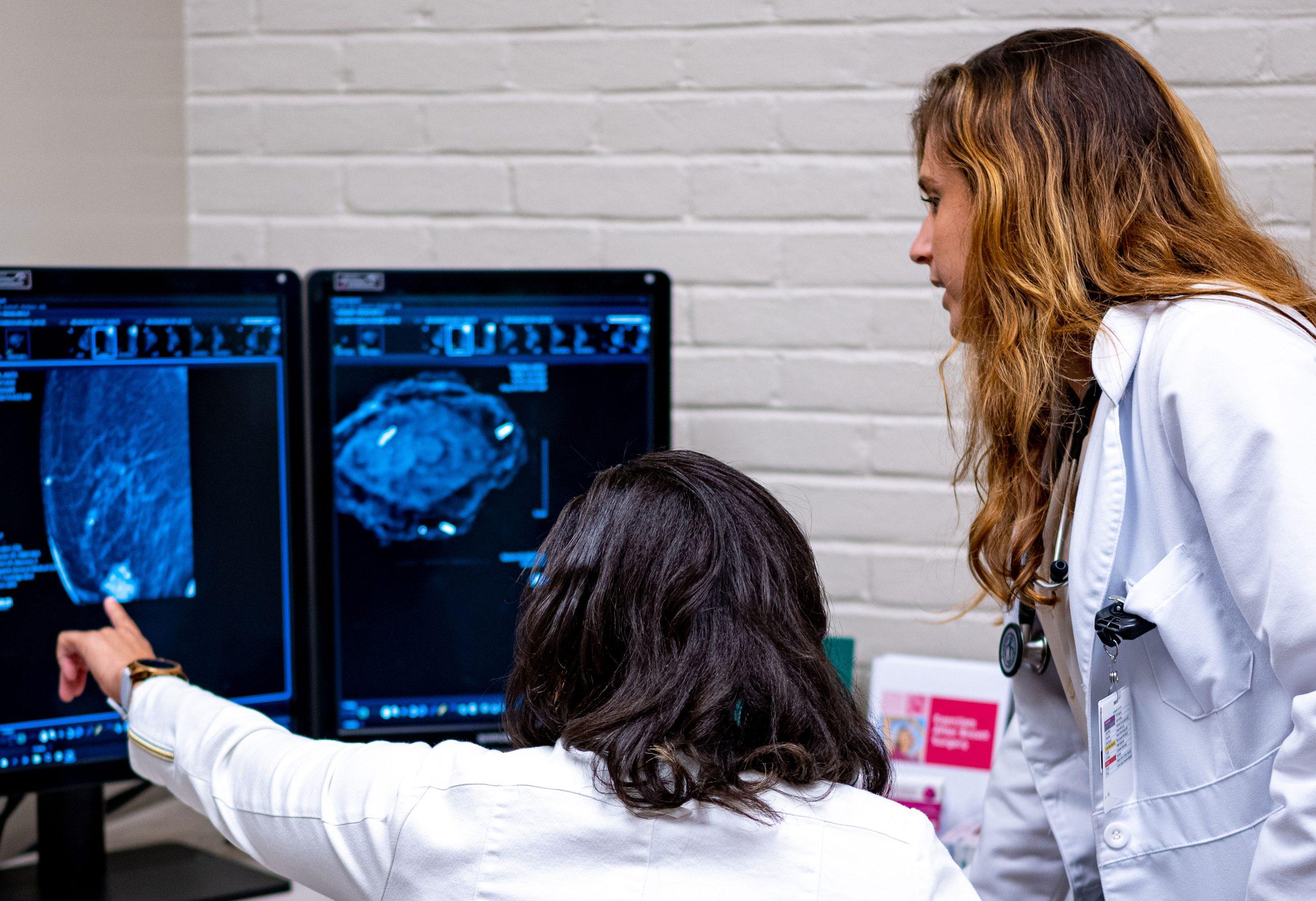 One in eight women will develop breast cancer in her lifetime. This is a frightening statistic, but there is encouraging news. Screening mammography saves lives through early detection and remains our best defense. Cancers that are found earlier are more treatable. As a physician specializing in breast imaging, I have dedicated my professional career to breast cancer detection. Early detection is my goal on a daily basis so that if my patients are faced with this diagnosis, they can achieve the best possible outcome. Studies have shown fewer breast cancer deaths in women who have had yearly screenings with mammograms. It is part of my mission as a physician, a mother, a daughter and a sister to empower women with accurate information so they can advocate for their own health and for the health of their loved ones. As women, one of the best things we can do for our breast health is to make time to get our screening mammograms done.
One in eight women will develop breast cancer in her lifetime. This is a frightening statistic, but there is encouraging news. Screening mammography saves lives through early detection and remains our best defense. Cancers that are found earlier are more treatable. As a physician specializing in breast imaging, I have dedicated my professional career to breast cancer detection. Early detection is my goal on a daily basis so that if my patients are faced with this diagnosis, they can achieve the best possible outcome. Studies have shown fewer breast cancer deaths in women who have had yearly screenings with mammograms. It is part of my mission as a physician, a mother, a daughter and a sister to empower women with accurate information so they can advocate for their own health and for the health of their loved ones. As women, one of the best things we can do for our breast health is to make time to get our screening mammograms done.
What is my risk of developing breast cancer?
It is helpful to be aware of our own personal risk of developing breast cancer. Several factors that can impact a woman’s risk are related to increased amounts of estrogen exposure over a woman’s lifetime such as:
- Starting menstrual cycles at an earlier age
- Going through menopause at a later age
- Receiving hormone replacement therapy
On the other hand, pregnancy and breastfeeding have a protective effect. We have seen that maintaining a healthy weight and limiting alcohol intake can decrease risk as well.
Breast density, family history and genetics also play a role in a woman’s risk for developing breast cancer. There are risk calculators that can generate an approximate lifetime risk based on a woman’s personal and family history. In fact, physicians use these calculations to help guide recommendations in particularly high-risk patients for possible supplemental screening with breast MRI and sometimes ultrasound. These procedures are in addition to the routine mammography. The important thing to remember is that as women, we are all at risk for developing breast cancer. Three out of four women who are diagnosed have no family history or special risk factors.
When do I need a mammogram?
The wide variety of recommended ages to get a mammogram screening often leads to confusion. However, evidence shows that annual mammography beginning at age 40 saves the most lives. The American College of Radiology and the Society of Breast Imaging agree that screening should begin at age 40 and continue annually. One in every six women is diagnosed with breast cancer in her 40s, so please don’t wait. Women who are high-risk may need to start screening sooner. If you have a family history of breast cancer, you should start screening ten years earlier than the age of diagnosis in your first-degree relative. For example, if your mother was diagnosed with breast cancer at age 45, you should get your first screening mammogram done at age 35.
What is a 3D mammogram?
Mammographic technology continues to improve. One recent advancement is the ability to offer mammograms with 3D tomosynthesis. 3D tomosynthesis allows the radiologist to get an even better look through the breast tissue, and to provide a more accurate assessment. Breast cancers that may have been obscured by dense breast tissue on standard 2D mammography may be more easily detected with the use of 3D images. Also, areas in question that may have required an additional exam following a 2D mammogram may be thoroughly evaluated on the initial exam with the use of 3D. Ask for this technique when you get your screening exam done.
What if I get called back for an additional exam after my screening mammogram?
You may be called back for a diagnostic exam after your screening mammogram if the radiologist detects a possible abnormality. Keep in mind, very few of these additional exams ultimately result in a breast cancer diagnosis. In many cases, a few additional mammographic views and an ultrasound are needed to simply determine that an area of the breast is benign. Even if a biopsy is recommended, this does not necessarily mean it will result in a breast cancer diagnosis. A diagnostic exam should also be performed if you are experiencing any breast symptoms, particularly if you are feeling a lump. If this is the case, speak with your physician so a more tailored diagnostic examination can be requested.
The encouraging news is this: screening mammography saves lives through early detection. This is our best defense, and it doesn’t take long – only about 20 minutes. Schedule your exam today and check it off your to-do list. Breast Cancer Awareness Month is the perfect opportunity to encourage all the women in your community to do the same. Screenings save lives every single day.
Learn more about the service offerings and support Ochsner Lafayette General provides for breast health at Ochsnerlg.org/yesmamm.
About Dr. Megan Fitzpatrick
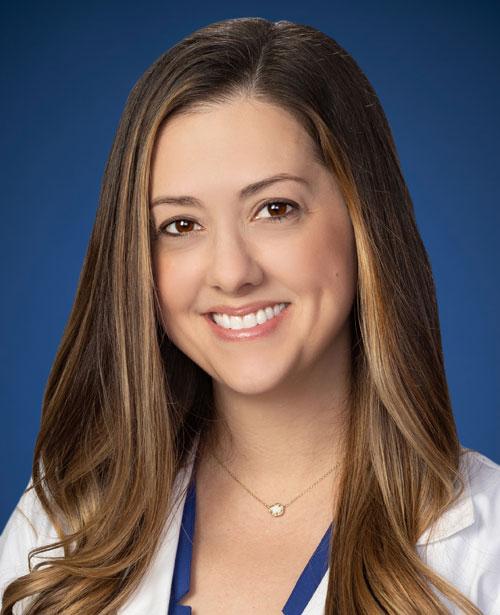 Dr. Megan Fitzpatrick is a diagnostic radiologist, fellowship trained in breast imaging. She has practiced in various private and academic settings since completing her breast imaging fellowship at Baylor Dallas in 2016. Returning to her roots, she recently moved back to Lafayette where she grew up, and serves as the Breast Imaging Site Lead at Ochsner Acadia General in Crowley. When she is not working, she enjoys spending time with her husband, who is a United Methodist pastor, and their four young children.
Dr. Megan Fitzpatrick is a diagnostic radiologist, fellowship trained in breast imaging. She has practiced in various private and academic settings since completing her breast imaging fellowship at Baylor Dallas in 2016. Returning to her roots, she recently moved back to Lafayette where she grew up, and serves as the Breast Imaging Site Lead at Ochsner Acadia General in Crowley. When she is not working, she enjoys spending time with her husband, who is a United Methodist pastor, and their four young children.


